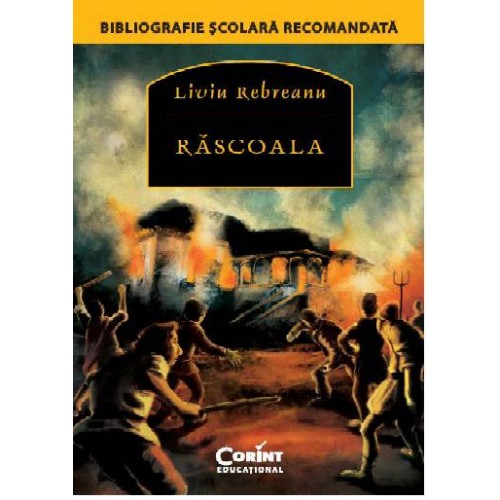

In the present study, Ovio Olaru presents the history of the Romanian- German/German-Romanian ethnic group and its literature, while also taking into account the various formulas, ideologies, influences and constraints that have helped shape its identity. Keywords: cultural history, Transylvanian peasant, national identity, nineteenth-century Romanian society, Romanian identity. The newly enfranchised peasants became a trope through which the social elite and peasants alike could discuss and debate the nature ofthe Romanian society and each group’s role within it. Peasant culture was transformed into a discursive battleground. Depicters of the peasantry strove to reveal the peasant as the incarnation of Romanian spirit and culture. Scholarly studies, literary works, and administrative reports described Romanian peasants in a way that created that identity. This group of educated members of the Romanian society set out “to conquer” the “peasantness” through descriptions and through texts that would facilitate understanding.



As in the case of national identity, the images of the Romanian peasant are constructed and conveyed by the intellectual, administrative and political elite. My main intention is not to present when and how peasants became Romanian, but to analyses the ways in which they served to define what being Romanian meant, and the ways in which Romanian culture defined what being a peasant meant. Relying on different types of sources, such as ethnographic writings, literature, historical works and newspapers, my research is grounded in an interdisciplinary approach which includes cultural studies and cultural history. This chapter intends to analyze the construction of the Romanian peasant in Transylvania during the period from 1848 to 1918, as part of the process of national identity-building which took place in the nineteenth century. Almost any representation of the Romanian national identity is related to the peasant and its folklore and relies on images constructed and released mainly in the second part of the nineteenth century and the beginning of the twentieth century.


 0 kommentar(er)
0 kommentar(er)
